| Programme annuel & rapport de suivi technique |
-
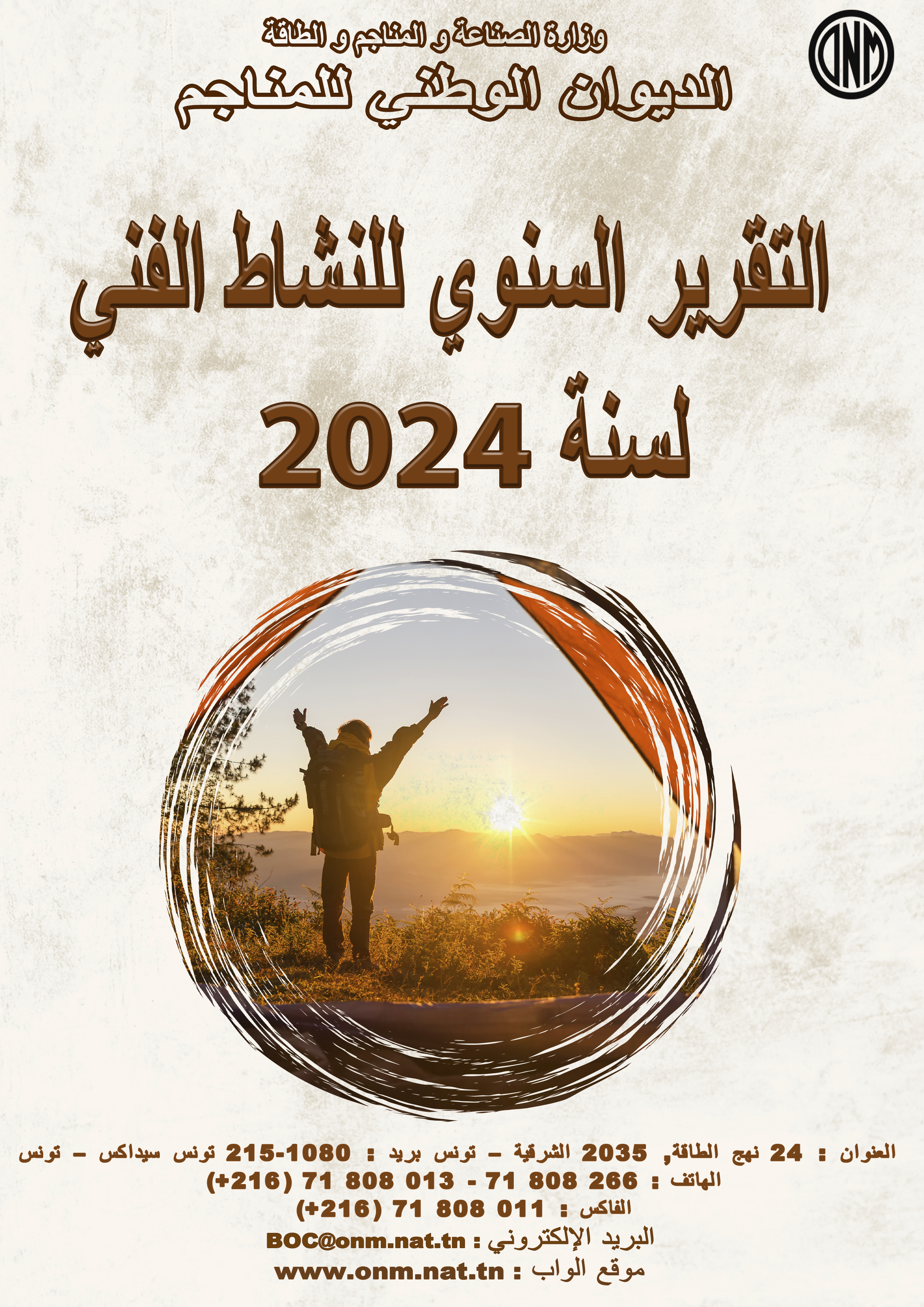
Rapport d'activités 2024
-
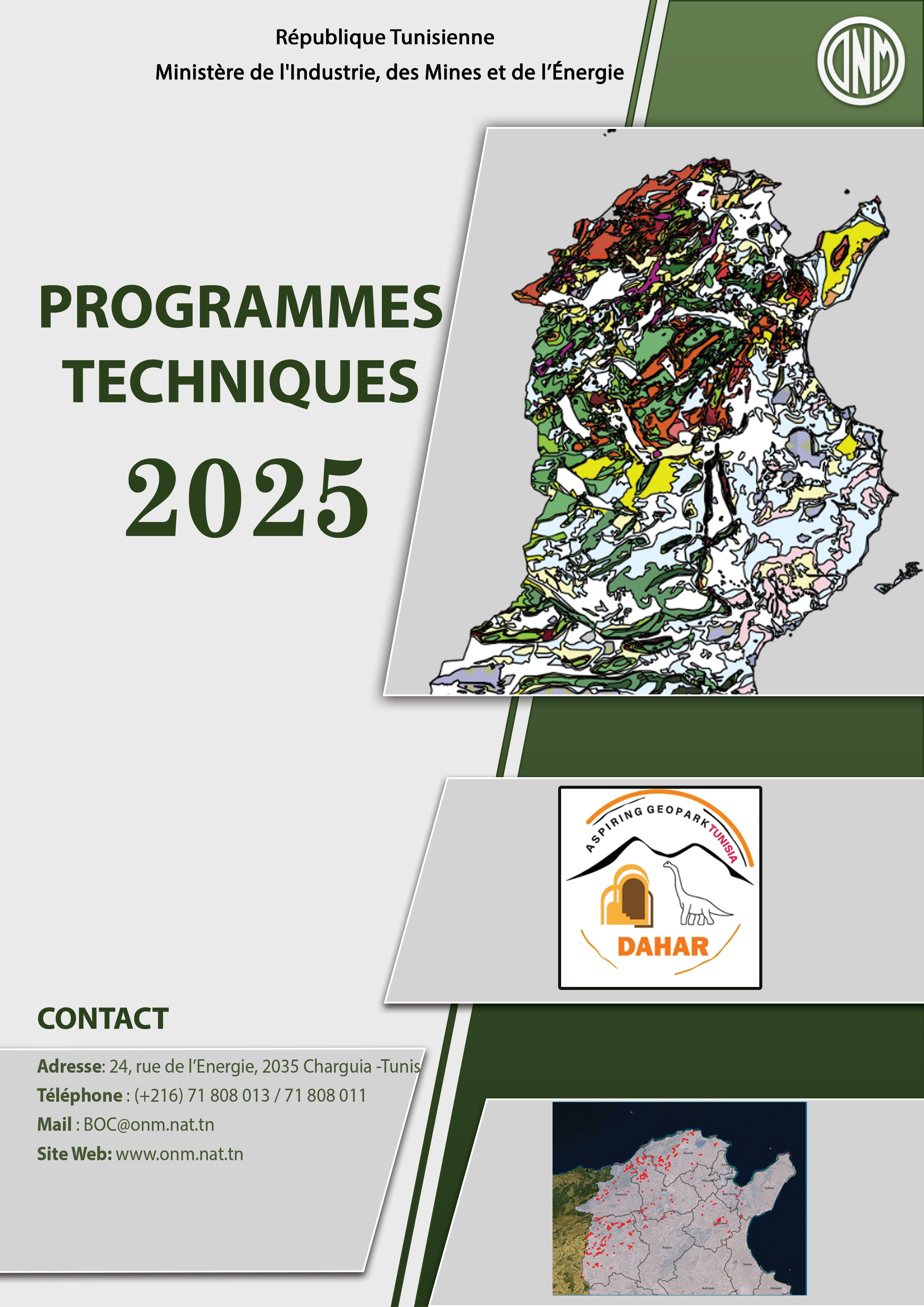
Programmes Techniques 2025
|
| Géocatalogue |
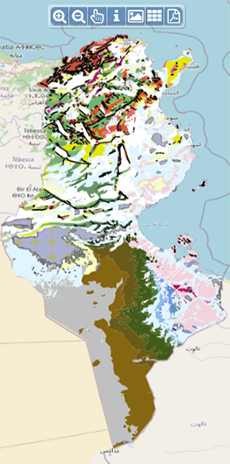
|
| Appels d'Offres |
-

DÉSIGNATION D'UN AVOCAT OU UN CABINET PROFESSIONNEL D’AVOCATS POUR REPRÉSENTER L'ONM
-
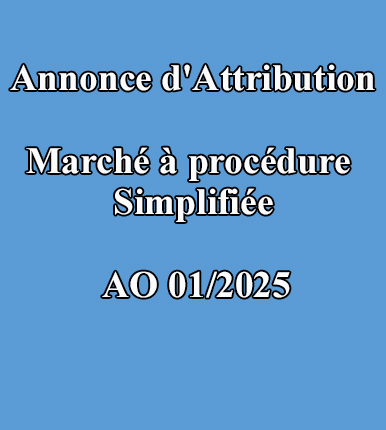
Annonce d'attribution Marché à procédure simplifiée AO01/2025
-

DESIGNATION D’UN REVISEUR COMPTABLE POUR LES EXERCICES 2025-2026-2027
|
|
Investir en Tunisie |
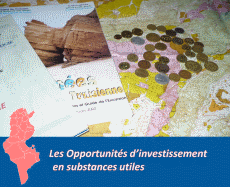
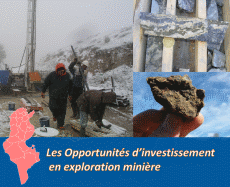
|
|
|
|
|
::
Documentation and Editions
>>
Research library
|
| |
|
[
Search by author
]
[
Search keyword
]
[
Search by index
]
[
Search by category
]
|
title of the reference :
|
The unroofing of the Mejarda zone
|
|
Publication Date:
|
1995
|
|
Author :
|
Stucliffe P.J.C., Moody Richard T.J.
|
|
Catalogue type :
|
Livre
|
|
Catalogue reference :
|
The unroofing of the Mejarda zone "Tunisia is effectively subdivided geologically in to five structural zones. Of these the Madjerda Zone or the ""Zone of domes"" is perhaps the least interstood. Intel recently the diapric interpretation of the area initiced earlier this centrury, held sway but now it is generaly accepted that the zone is a component of the Atlas thrust Belt. The area of Oued Tessa, west of Krib in North West Tunisia, is a window to the understanding of the region as it provides data on the polyphase tectonics of the Neogene and on the developement of ""piggy-back basins"" during the Mio-Pliocene. The Medjerda zone is noted for extensive metalliferouse mineraltzation and for the many oil seeps that occer on the South-East flanks of the major anticlinal structures.The metal mineralisation and oil seeps are intimately associated and their surface expression is tied closely to the thrust related structures that dominate the area. The timing of thrusts, the megration of fluids and the unroofing of the Medjerda Zone can be more clearly defined by examining the data collected in the region of Oued Tessa and Djebel Ech Cheid to the south of Teboursouk."
Oligocène ; Miocène ; Pliocène ; paléocourant ; paléocirculation ; biostratigraphie ; inclusion fluide ; granoclassement ; chronostratigraphie ; Tunisie ; Tunisie nord Occidentale ; Zone des dômes ; Bir Msaid ; J. El Gassa ; J. Medrane ; J. Er Rous ; O. Tessa ; EL Klakh ; J.Ech Cheid ; Teboursouk Stucliffe P.J.C. Moody Richard T.J. Roches sédimentaires
|
|
Indexation decimale :
|
Roches sédimentaires
|
|
Keywords :
|
Oligocène ; Miocène ; Pliocène ; paléocourant ; paléocirculation ; biostratigraphie ; inclusion fluide ; granoclassement ; chronostratigraphie ; Tunisie ; Tunisie nord Occidentale ; Zone des dômes ; Bir Msaid ; J. El Gassa ; J. Medrane ; J. Er Rous ; O. Tessa ; EL Klakh ; J.Ech Cheid ; Teboursouk
|
|
Summary :
|
"Tunisia is effectively subdivided geologically in to five structural zones. Of these the Madjerda Zone or the ""Zone of domes"" is perhaps the least interstood. Intel recently the diapric interpretation of the area initiced earlier this centrury, held sway but now it is generaly accepted that the zone is a component of the Atlas thrust Belt. The area of Oued Tessa, west of Krib in North West Tunisia, is a window to the understanding of the region as it provides data on the polyphase tectonics of the Neogene and on the developement of ""piggy-back basins"" during the Mio-Pliocene. The Medjerda zone is noted for extensive metalliferouse mineraltzation and for the many oil seeps that occer on the South-East flanks of the major anticlinal structures.The metal mineralisation and oil seeps are intimately associated and their surface expression is tied closely to the thrust related structures that dominate the area. The timing of thrusts, the megration of fluids and the unroofing of the Medjerda Zone can be more clearly defined by examining the data collected in the region of Oued Tessa and Djebel Ech Cheid to the south of Teboursouk."
|
|
Exemplaries :
|
-
|
|
|
|
|
|
|
|



